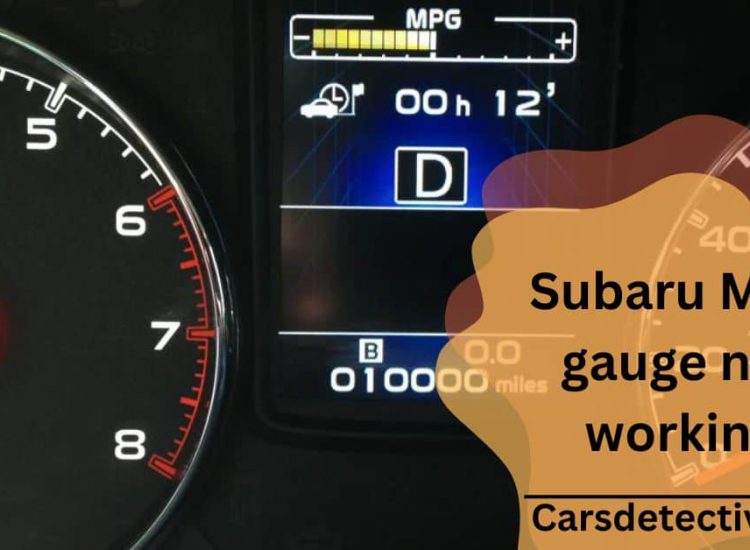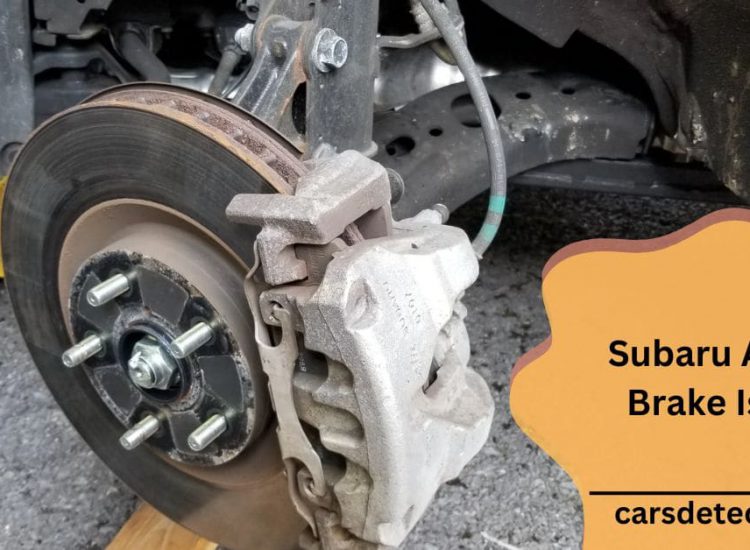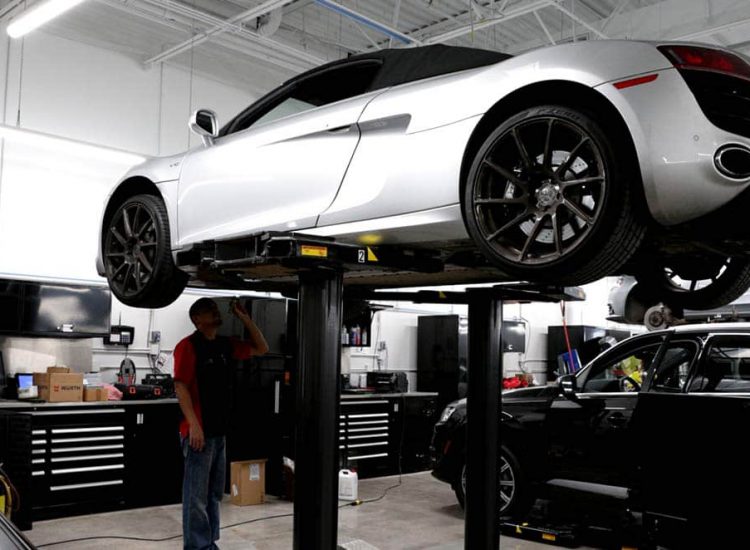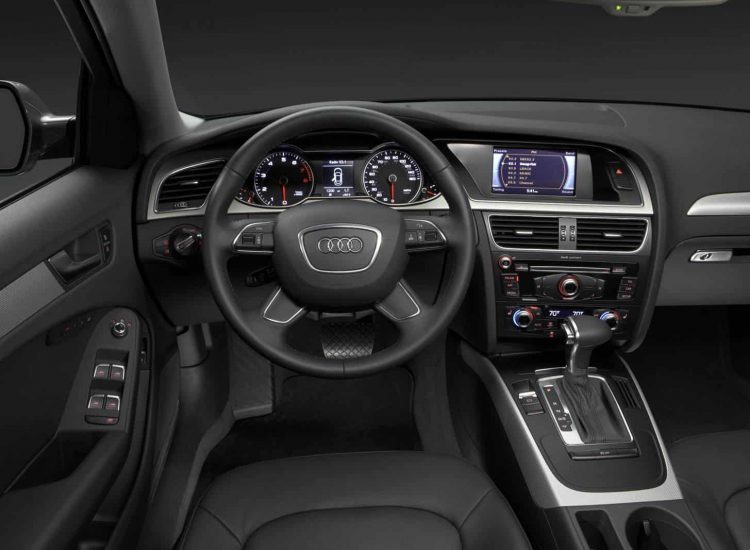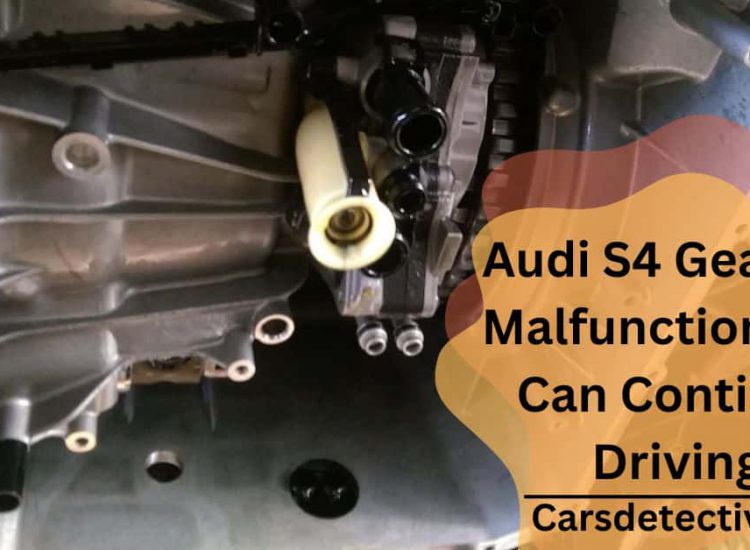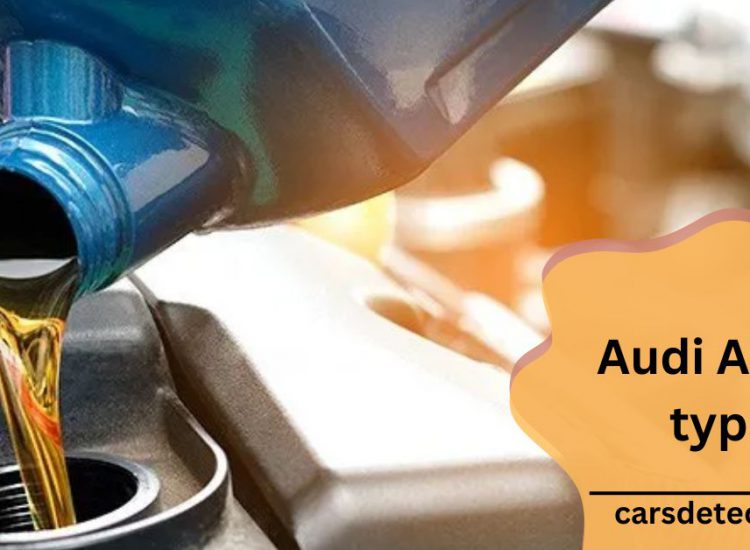Subaru is renowned for its prompt responsiveness and swift acceleration. The speediest Subaru can achieve 60 mph in 4.3 seconds, whereas a typical Subaru typically requires 7.3 seconds to reach the same speed.
Toc
- 1. Table of Contents:
- 2. When Accelerating, What Causes a Power Loss? – Complete Overview!
- 3. Why does my car’s engine continue even when the electricity goes out?
- 4. Which vehicle modes are in limp mode? – Let’s Explore!
- 5. Frequently Asked Questions:
- 5.1. Is a malfunctioning oxygen sensor a common cause of power loss in Subarus?
- 5.2. How can I troubleshoot ignition system problems affecting power in my Subaru?
- 5.3. Can a failing catalytic converter cause power loss in a Subaru?
- 5.4. Is there a link between a slipping transmission and power loss in Subarus?
- 5.5. How important is regular maintenance in preventing power loss issues in Subarus?
- 5.6. Could a vacuum leak be responsible for power loss in my Subaru?
- 6. Conclusion:
Subaru loss of power while accelerating may result from issues like a clogged fuel filter, faulty oxygen sensor, or a failing catalytic converter.
Check these components for problems and consult a mechanic for a thorough diagnosis and repair. Nevertheless, the rapid response in Subarus may occasionally transform into irregular jerks, with instances of power loss during acceleration.
What leads to this power loss? And what steps can be taken to address acceleration power loss in a Subaru? This article will comprehensively explore the reasons behind power loss during Subaru acceleration and provide solutions. If you’re seeking further insights on Subarus, let’s kickstart your informational exploration with Carsdetective.
Table of Contents:
When Accelerating, What Causes a Power Loss? – Complete Overview!
Insufficient fuel or power can be a significant cause of power loss when accelerating your Subaru. This issue may not only stem from fuel-related problems but could also involve various engine issues.

Here are some common reasons why your Subaru might experience power loss during acceleration:
Weak Fuel Pump:
Delivering gasoline to the engine is a major function of the fuel pump. A failing fuel pump can result in interrupted fuel flow, causing the engine to misfire during acceleration. If the pump is weak, it may struggle to provide the extra fuel needed for acceleration.
Quick Fixes:
- Check the fuel pump’s functionality with a pressure test.
- To determine which fuses have blown, check the fuse box.
- Listen for pump noise when the ignition is turned on.
Options for resolution:
- Fixing the fuse and electric connections.
- Installing a new relay.
- Replacing the vacuum line.
- Consider a new fuel pump, especially if mileage exceeds 100,000 miles.
Read Also: Subaru Beeps 5 Times When Locking – Everything you need to know!
Damaged or Blocked Fuel Filter:
Fuel filters prevent debris from obstructing fuel flow. In modern Subarus with fuel injectors, clogs in the nozzle can impede fuel distribution, leading to power loss during acceleration.
Quick Fix:
- Perform a visual check for a dirty filter.
- Clean the fuel filter using a pressurized cleaner.
- Replace the filter if the car has exceeded 30,000 miles without a change.
Leaking Valves:
Holes or leaks in the engine valves can result in power loss during acceleration by causing low compression. This leads to decreased pressure in the cylinders and reduced engine output.
Quick Fix:
- Assess engine compression using a compression gauge.
- Replace valves if there’s more than a 10% variation in compression between cylinders.
Read Also: Subaru vs Toyota – Everything you need to know!
Defective MAF Sensor:
The Mass Air Flow (MAF) sensor determines the air volume entering the engine, crucial for achieving the right air-fuel ratio. A faulty MAF sensor can lead to lean air-fuel mixtures, causing jerks or hesitations during acceleration.
Quick Fix:
- Clean the MAF sensor with rubbing alcohol or a dedicated cleaner.
- Replace the sensor if severely damaged.
Dirty Air Filter:
An air filter prevents contaminants from entering the engine. A dirty filter can restrict airflow, impacting engine performance and causing power loss during acceleration.
Quick Fix:
- Clean or replace the air filter based on visual inspection.
- Check and clean the exhaust system for potential issues.
- Regular maintenance and timely replacement of components are essential to ensure optimal engine performance in your Subaru.
Read Also: How to Clean Subaru Startex Seats? – Comprehensive Guide!
Why does my car’s engine continue even when the electricity goes out?
Modern cars are equipped with internal combustion engines that rely on a combination of fuel and air to generate power. Unlike electric vehicles that solely depend on battery power, traditional cars utilize a complex system involving a starter motor, alternator, and battery.
When you turn the key in the ignition, the starter motor engages, cranking the engine to life. This initial action is independent of the car’s electrical system. Once the motor is in operation, the alternator becomes active.

The alternator is a critical component responsible for generating electricity to power the car’s electrical systems and recharge the battery. Now, let’s consider a scenario where the electricity supply to your car is interrupted, such as a dead battery or a failure in the electrical system.
Despite this disruption, the engine can persist because it doesn’t solely rely on external power. As long as there’s fuel in the tank and the internal combustion process can continue, the engine will run independently of the electrical system.
In essence, your car’s engine is a self-sustaining entity once it’s started. It generates its power through the combustion of fuel and air, and as long as there’s an adequate supply of fuel, the engine will keep running even if the electrical components are temporarily inactive.
Read Also: Subaru Outback Towing Capacity – Complete Guidelines!
Which vehicle modes are in limp mode? – Let’s Explore!
Limp mode, also known as “limp-home mode” or “safe mode,” is a feature in vehicles designed to protect the engine and transmission when a potential issue is detected. When a problem is identified, the vehicle’s engine control module (ECM) or transmission control module (TCM) can limit the vehicle’s performance to prevent further damage.

Common reasons for a vehicle to go into limp mode include issues with the engine, transmission, or other critical components. These problems could range from a malfunctioning sensor to a more serious mechanical issue. Limp mode typically reduces engine power and sets specific limitations on speed and RPM to allow the driver to safely reach a repair facility.
If your car is in limp mode, you need to take quick care of the underlying problem. Ignoring the issue might result in more damage and expensive repairs. To determine the specific cause of limp mode, it’s recommended to use a diagnostic tool or consult with a qualified mechanic.
Read Also: Subaru Alarm Goes Off When Opening Door – Don’t miss out!
Frequently Asked Questions:
Is a malfunctioning oxygen sensor a common cause of power loss in Subarus?
Yes, a faulty oxygen sensor can impact the air-fuel mixture, leading to poor engine performance and reduced power during acceleration. Replacing a malfunctioning oxygen sensor can often resolve this issue.
How can I troubleshoot ignition system problems affecting power in my Subaru?
Check for issues with spark plugs, ignition coils, or the ignition timing. Faulty components in the ignition system can result in misfires, leading to power loss. Consistent upkeep and timely substitution are crucial.
Can a failing catalytic converter cause power loss in a Subaru?
Yes, a failing catalytic converter can restrict exhaust flow, affecting overall engine performance. If suspected, it’s advisable to have the catalytic converter inspected and replaced if necessary.
Is there a link between a slipping transmission and power loss in Subarus?
Yes, a slipping transmission can lead to power loss as the engine’s power may not efficiently transfer to the wheels. Addressing transmission issues promptly through repairs or fluid changes is crucial.
How important is regular maintenance in preventing power loss issues in Subarus?
Regular maintenance, including timely oil changes, air filter replacement, and system inspections, is crucial for preventing power loss issues. It helps ensure all components function optimally.
Could a vacuum leak be responsible for power loss in my Subaru?
Yes, a vacuum leak can disrupt the air-fuel mixture and engine performance. Thoroughly inspecting the vacuum lines and addressing any leaks can help resolve power loss issues.
Conclusion:
At the end of the conclusion,
A Subaru experiencing a decrease in power during acceleration could be due to various factors, such as a blocked fuel filter, a malfunctioning oxygen sensor, or a deteriorating catalytic converter.


